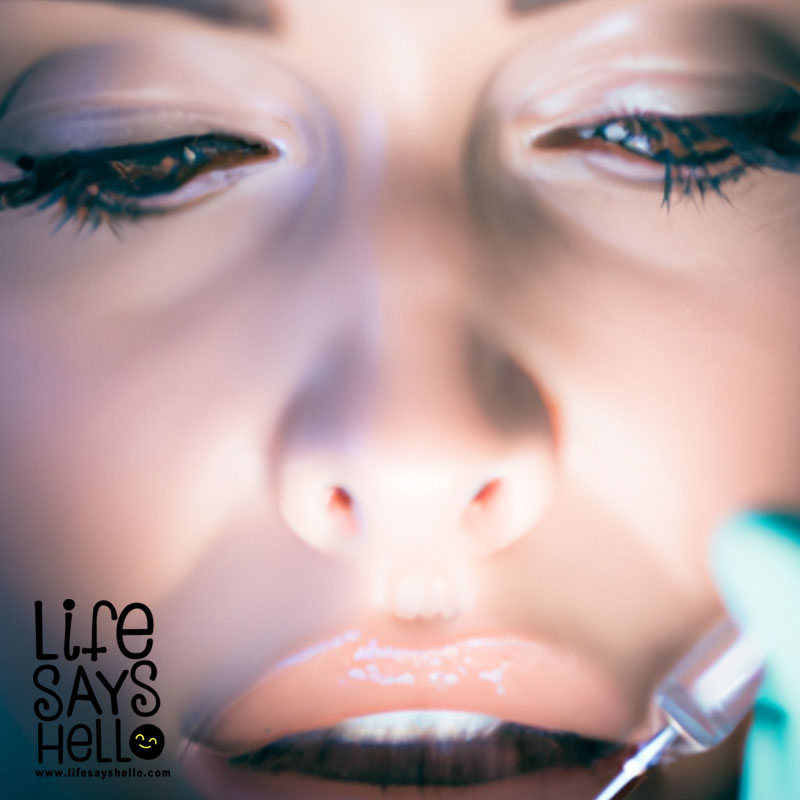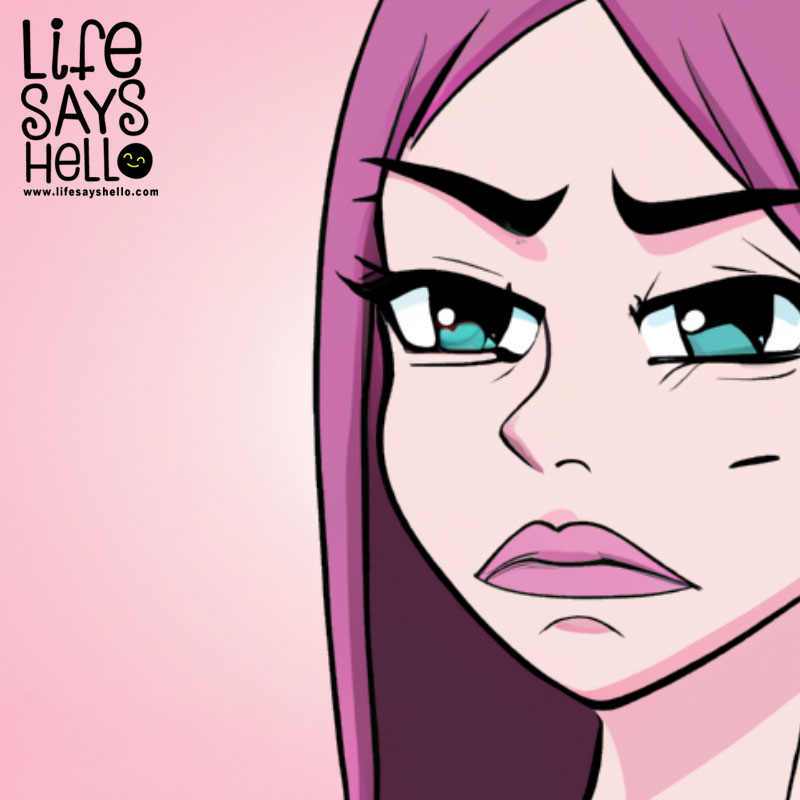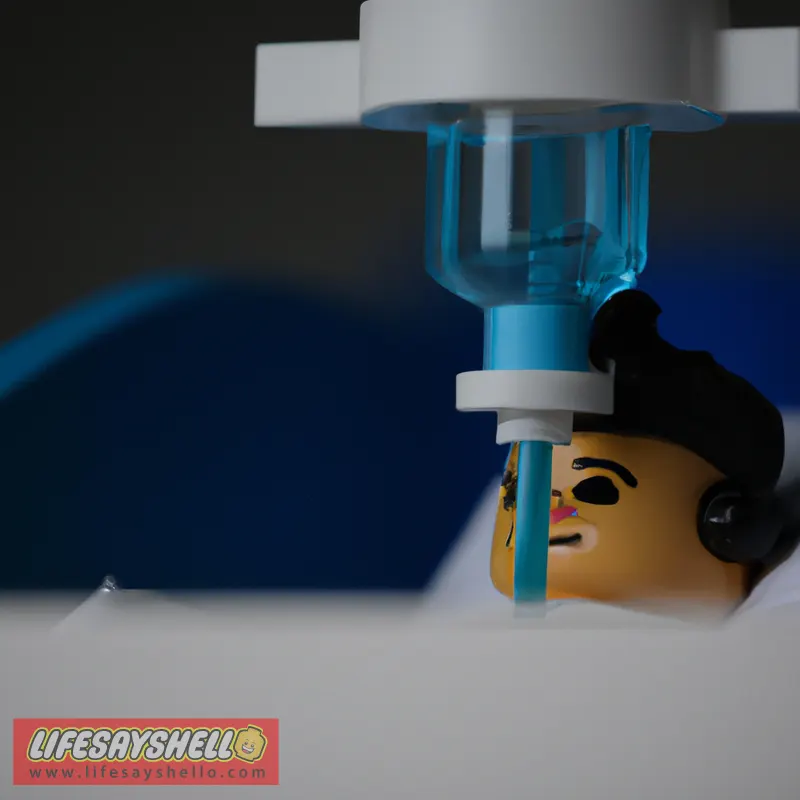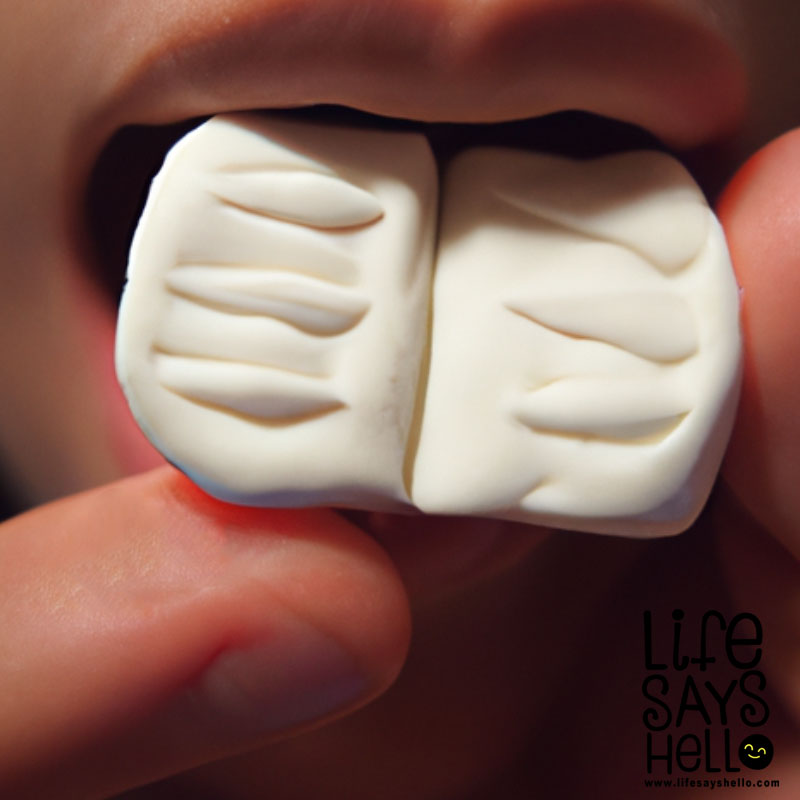Where NOT to Inject Botox: Avoiding Safety Risks

Botox, known for its ability to smooth out wrinkles and fine lines, is one of the most popular non-invasive cosmetic treatments available today. However, like any medical procedure, it is important to make sure that it is performed safely and effectively. There are certain areas of the face and body where Botox injections are not recommended due to safety concerns.
In this article, we will explore the places where not to inject Botox and the potential risks involved.
What is Botox?
Botox is a neurotoxin produced by a bacterium called Clostridium botulinum. The toxin is used in small doses to treat a variety of medical conditions, including muscle spasms, migraines, and excessive sweating. It also gained popularity in the cosmetic industry for its ability to smooth out wrinkles and fine lines by temporarily paralyzing muscles in the face.
Safety Concerns with Botox Injections
While Botox has been deemed safe and effective by the FDA, there are still potential risks involved with the procedure. Some of these risks include:
- Allergic reactions
- Bruising
- Headaches
- Flu-like symptoms
- Droopy eyelid or eyebrow
- Difficulty swallowing or breathing
These risks can be minimized by choosing a qualified and experienced injector and discussing your medical history and any medications you may be taking before the treatment.
Where NOT to Inject Botox
It is essential to be aware of the areas where Botox injections are not recommended to avoid any potential safety risks. The following are some of the places where not to inject Botox:
1. Under the Eyes
Injecting Botox under the eyes can lead to a droopy or puffy appearance that can last for several months. This is because the muscles around the eyes are interconnected, and weakening them can cause unintended effects.
2. Near the Mouth
Botox injections near the mouth can cause difficulty speaking, eating, and smiling. It can also cause an uneven smile, which can be permanent if not treated promptly.
3. Neck and Chin
Though Botox can be used to reduce the appearance of a double chin, injecting it into the neck and chin can lead to difficulty swallowing or breathing. It can also result in drooping or asymmetrical facial features.
4. Forehead Lines
While Botox is commonly used to smooth out forehead lines, injecting too much Botox in this area can lead to a frozen or unnatural appearance. It can also cause drooping of the brow, which can result in a tired or sleepy appearance.
5. Nasolabial Folds
The nasolabial folds are the lines that extend from the nose to the corners of the mouth. Injecting Botox in this area can cause difficulty smiling or speaking and can lead to drooping or sagging skin.
Conclusion
Botox is an effective cosmetic treatment, but it is important to be aware of the risks involved and the areas where not to inject Botox. Choosing a qualified and experienced injector and discussing your medical history and any medications you may be taking can help minimize these risks and ensure a safe and successful treatment.
Remember, always do your research and choose a reputable provider for any cosmetic procedure.




Comments